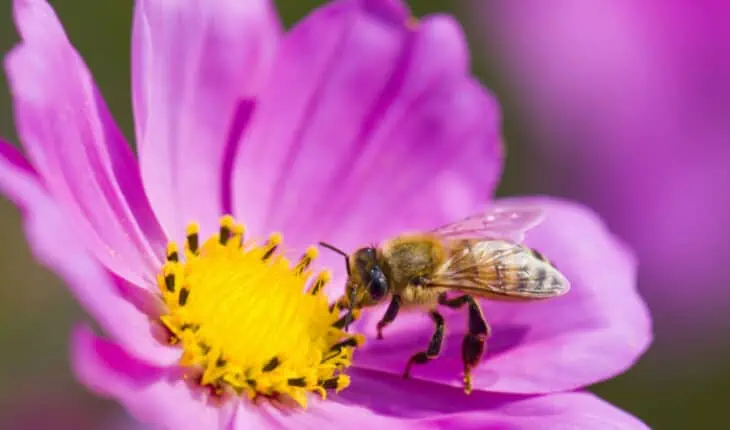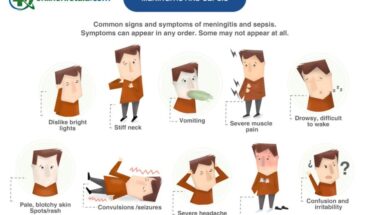It is commonly thought that hay fever is only a problem in late Spring or the summer months, when the sun is shining, and people are out and about in the great outdoors more. That is far from the case, however, so read on to find out about tree pollen allergies and what you need to know this springtime.
Approximately a quarter of all hay fever sufferers in the UK are allergic to tree pollen. Tree pollen allergies are seasonal, mainly occurring between February and June. As some shrubs and trees start releasing pollen as early as January, hay fever can be triggered very early on into the new year, with people often confusing the symptoms for those of a common cold. Some varieties of tree including willow, elm, birch, ash and alder are at their peak of releasing pollen in March and April, so be sure you know what to look out for this springtime.
How will I know if pollen is a trigger for my allergies?
The best way to work this out is to keep a log of when your symptoms occur. Keeping a diary of where you’ve been and if you had symptoms will help you figure out what your specific triggers are. If you also keep an eye on the pollen count (there are apps available for this), you can build up a picture of whether your symptoms increase on days where the pollen count was high. This will help your GP to work out whether or not you have hay fever. Your GP may have enough information to prescribe some appropriate medication, in order to see if that improves your symptoms. Alternatively, they may refer you for a skin prick test and/or blood test to confirm if you’re allergic to pollen and to identify which particular pollen (or pollens) you have the allergy to.
What actually is hay fever and what are the symptoms?
Hay fever is a type of allergy (often called seasonal allergic rhinitis) that occurs when your body reacts to pollen from trees or shrubs as though it was a harmful organism. To fight this supposed harmful organism, a hay fever sufferer’s immune system will start producing antibodies to try to prevent it spreading.
The histamine produced by the body leads to the sufferer developing typical hay fever symptoms such as:
- Sneezing
- Nasal congestion
- Watery, runny nose
- An itchy nose
- Watery eyes
Other symptoms can also include:
- Earache
- Headaches
- A reduced sense of smell
- Itchy eyes
- Disrupted sleep, tiredness and irritability
Hay fever and asthma
Hay fever can also increase asthma symptoms or the risk of an asthma attack in asthma sufferers. For many people with asthma, the release of histamine when they have hay fever can increase their asthma symptoms. If you are asthmatic and have a pollen allergy, be sure to have your asthma medication with you at all times. It is also vital to take hay fever medication, including nasal steroids, anti-histamines or anti-inflammatory eye-drops. Research has shown that asthma sufferers who also have hay fever can significantly reduce their risk of needing to go to A&E if they treat their hay fever effectively.
How can you treat a pollen allergy?
The best treatment is to avoid the allergen, but pollen is extremely difficult to avoid. You could try to reduce your exposure to pollen by:
- Staying indoors on dry, windy days
- Asking others to do the gardening during peak pollen seasons
- Keeping doors and windows closed when you know pollen counts are due to be high
For other info on how to breathe easy, we suggest you this article.
Medication:
If you have tried all these preventative measures, but are still experiencing symptoms, you could try some over the counter medication or make an appointment to see your GP. As mentioned above, they may prescribe some medication or refer you for a blood/prick test.
We hope this helps with the management of any pollen allergies you may have and that you have a symptom free springtime!
- What is a seizure? - 13th March 2025
- Febrile Convulsions and Seizures in Children - 13th March 2025
- Why women are less likely to receive CPR or survive cardiac arrest - 6th March 2025







